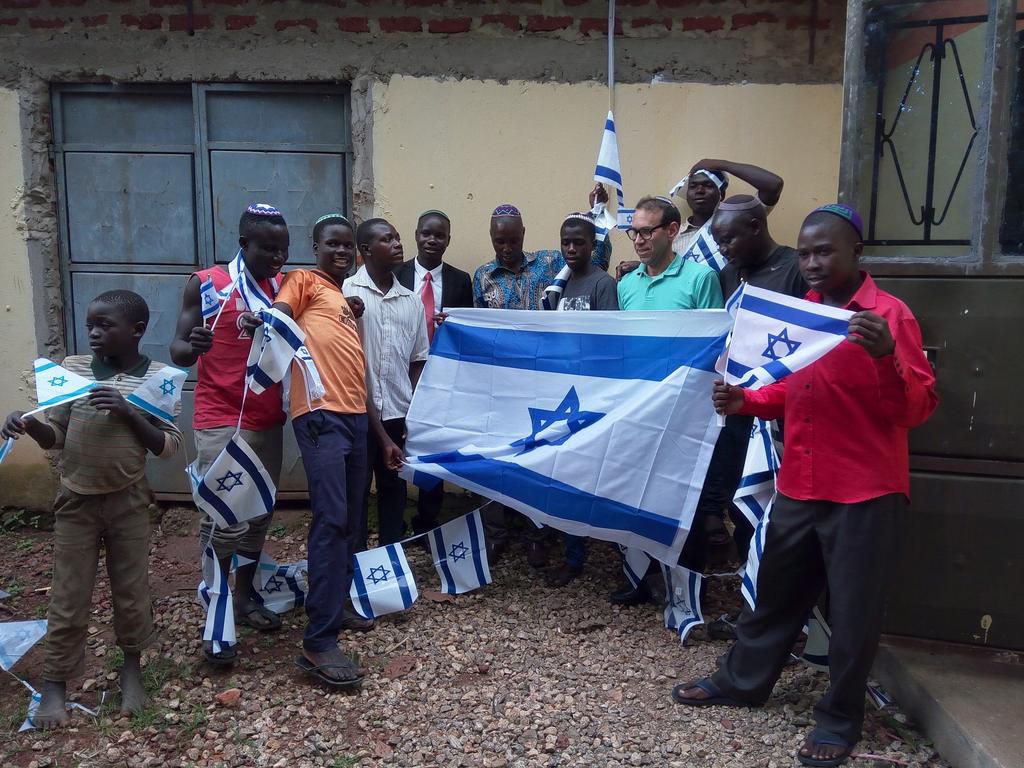Judith Heard accessorises with Jewish shawl, a look at Ugandan Jews Semei Kakungulu left behind
)
There are different traditions regarding the age from which a tallit is used. In some communities, it is first worn for bar mitzvah, in other circles it is worn only from marriage, and in some communities, it may be customarily presented to a groom before marriage as a wedding present or even as part of a dowry.
Among the "Abayudaya", the tallit is worn only by men for the morning prayers.
This community was started in 1917 by Semei Kakungulu after studying and meditating on the Bible, especially the verses in Isaiah 56:1-8 promising special blessings for converts who faithfully observe the mitzvot.
Community set up
They are currently supported by the global community through World Jewish Relief which operates a six-year engagement with local NGO Jewish Response Uganda (JRU), to alleviate poverty and boost agriculture.
Following Kakungulu's death, his dedicated follower Reb Samson, took over and instituted a law which guaranteed the survival of this brave little community for several generations. This included banning intermarriage outside the community and getting the members access to Jewish studies in Israel.
Today, the main Abayudaya community of 150 members resides in the village of Putti in the Pallisa district. A few hundred more are scattered in four other locations. They are subsistence farmers and also engage in brick-making and producing basic Judaica such as kippahs and challah covers.

The Abayudaya pray three times a day, they light Shabbat candles, make Kiddush and avoid any forbidden activities such as travelling and lighting a fire. They observed kashrut and did not eat meat until two visiting shochtim from Israel taught them to perform ritual slaughter. Congregants remove their shoes before entering the synagogue, a custom practised by Jews in biblical times. Lifecycle events, too, conform to Jewish tradition: male children undergo brit milah, and a “chevra kadisha” is responsible for burial ceremonies.
The Abayudaya have gained acclaim for their original music, which combines distinct African rhythms with Hebrew Psalms and prayers. Their religious-themed album, entitled "Abayudaya: Music from the Jewish People of Uganda," was nominated for a Grammy Award in 2005.
Though not yet Jewish, the Abayudaya’s greatest dream is for a complete halachic conversion, to become true “members of the tribe.”
Their spiritual leader, Enosh Keki Mainah, was quoted saying, "We yearn to go to Eretz Yisrael - the home of the Jewish people. God will redeem us soon and gather in our dispersed ones from the four corners of the earth."
)
)
)
)
)
)